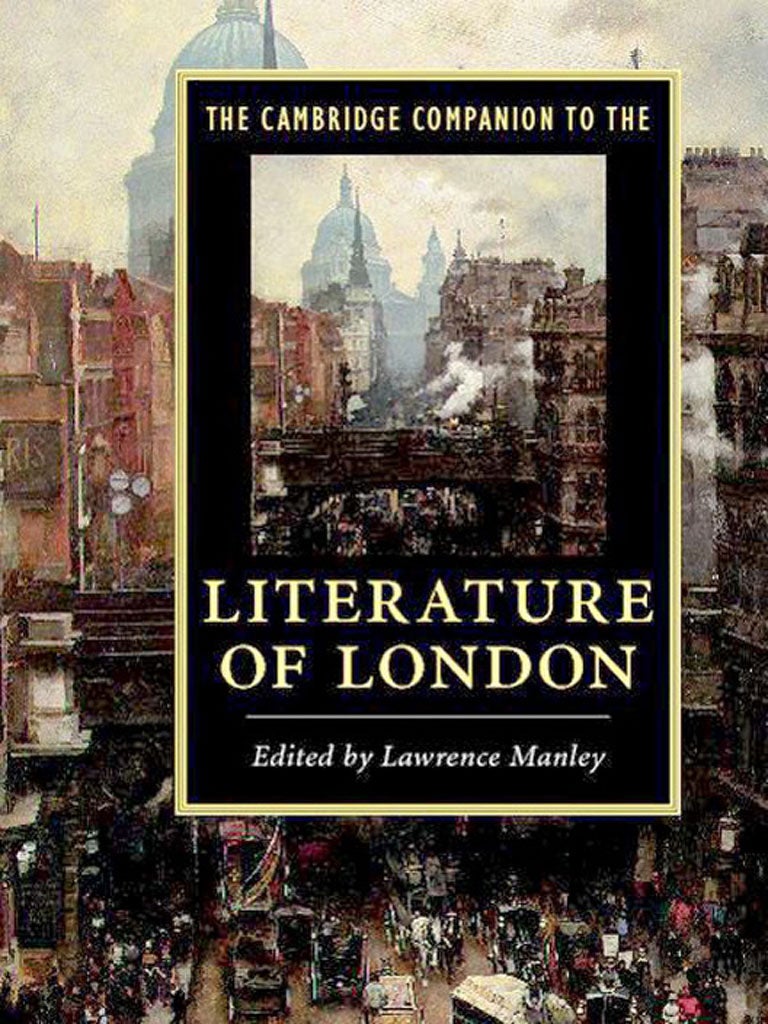The Cambridge Companion to the Literature of London, Lawrence Manley (editor)

The 15 contributors to this volume take us effortlessly, in a broad chronological sequence, from Chaucer's Southwark to Zadie Smith's Willesden through the works of many authors, famous, forgotten and unknown. In the last category is a play of 1598: The ffirst and Second parte of Edward the IV. It gives an account of the rebellion of Jack Cade in 1450, making reference to many City streets as the rebels make their way along Leadenhall, Lombard Street and Cheapside in their quest for plunder. We meet John Crosby, sheriff of London, who built Crosby Hall off Bishopsgate – commemorated by Crosby Square. Once the City dwelling of Richard III and Sir Thomas More, it was dismantled in 1908 and moved, stone by stone, to the site of More's house in Chelsea, where it remains.
For Charles Dickens and Arthur Conan Doyle, London was virtually a character in their works. Many of their tales depend upon their characters travelling long distances along familiar streets. The thieves' quarters in Oliver Twist are located in the then crime-ridden areas of Saffron Hill, Whitechapel, Bethnal Green and Jacob's Island, a swamp whose site is marked by Jacob Street in Southwark, on the Dickens estate.
In Daniel Defoe's Moll Flanders, the heroine uses her familiarity with London to ply her trade, stealing "a gold watch, with a silk purse of gold, his sword and fine snuff-box". She makes her escape into "the narrow street beyond Temple bar". Anthony Trollope shows his knowledge of London's social gradations to place characters like crooked financier Melmotte, in The Way We Live Now, who lives in Grosvenor Square, the heart of Mayfair. While Lady Alexandrina in The Small House at Allington is warned of the modest character of her intended home in Pimlico.
Zadie Smith's White Teeth, with its rich and ironic mixture of races and faiths, is a charming, optimistic account of a multicultural London, steeped in humour, occupying a place in a tradition stretching back to Chaucer. This book's scholarship is of a high order but it is written in a friendly style, which should engage any reader with an interest in London's literary history.
Subscribe to Independent Premium to bookmark this article
Want to bookmark your favourite articles and stories to read or reference later? Start your Independent Premium subscription today.

Join our commenting forum
Join thought-provoking conversations, follow other Independent readers and see their replies